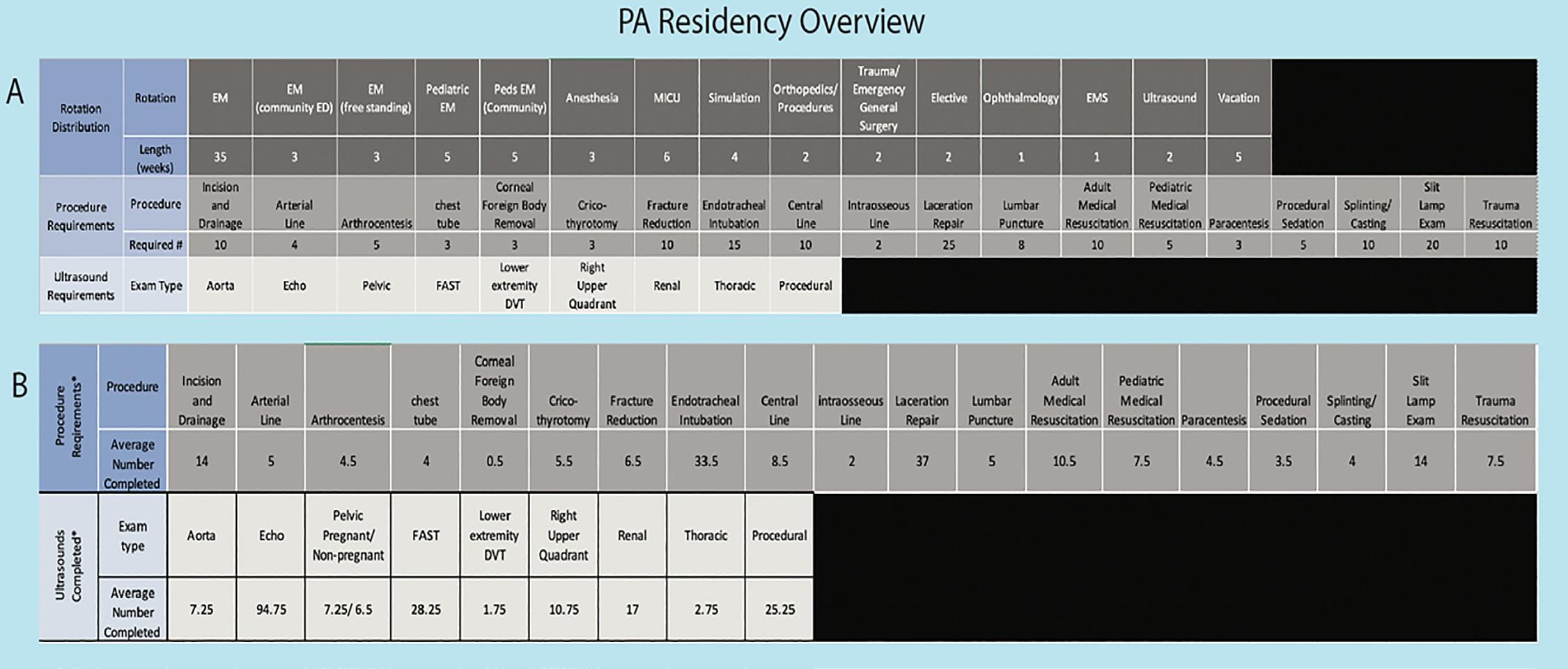Educating Future Educators-Resident Distinction in Education particularly challenging and that led to two residents failing to complete the program was the scholarly project criteria. As of now, the definition of what constitutes a “scholarly project” at our institution is being evaluated and may be broadened. We want to acknowledge several limitations. First, our program was implemented at a four-year residency with four months of elective time. This may limit reproducibility at programs with less elective time. One solution would be to decrease the total number of credits needed to attain the RDE at those programs. Another limitation is the lack of formal feedback or evaluation of participants’ bedside teaching and lecturing skills beyond self-assessment, which is prone to bias. The graduates rated themselves “average” or “somewhat competent” in their skills based on survey results. No self-evaluations were performed before participation in the program; thus, conclusions cannot be drawn as to the program’s effects on resident skills or level of comfort. The program affiliation with a medical school as well as a large university did provide our resident participants with many diverse teaching opportunities that could be difficult to replicate at programs that lack such affiliations. The small number of participants did not allow for statistically significant conclusions to be drawn. The “soft” outcomes (Figure 1) based on self-reported confidence without true measures does demonstrate preliminary evidence of effectiveness based on the Kirkpatrick framework, level 1.16 The responses point to trainees finding their participation in the RDE program influential upon their development, all were “somewhat” or “extremely” confident in the domains evaluated by the survey (an achievement of Kirkpatrick level 1), and all pursued academic careers. Adding student and faculty evaluations of participant residents’ teaching skills, and pre-post self-assessments may allow us to gain a more thorough understanding of this program’s impact. Furthermore, tracking RDE graduates’ career trajectories will allow for conclusions regarding long-term impacts. These longer term and more thorough outcome measures would allow the evaluation of higher Kirkpatrick levels and enable a more robust evaluation of the RDE program’s success.
Seelig et al. REFERENCES 1. Accreditation Council for Graduate Medical Education. ACGME Common Program Requirements (residency). 2020. Available at: https://www.acgme.org/globalassets/PFAssets/ ProgramRequirements/CPRResidency2021.pdf. Accessed November 9, 2021. 2. Geary A, Hess DT, Pernar LIM. Resident-as-teacher programs in general surgery residency: a review of published curricula. Am J Surg, 2019;217(2):209-13. 3. Schwartz MD, Linzer M, Babbott D, et al. Medical student interest in internal medicine. Initial report of the Society of General Internal Medicine Interest Group survey on factors influencing career choice in internal medicine. Ann Intern Med. 1991;114(1):6-15. 4. Bing-You RG and Sproul MS. Medical students’ perceptions of themselves and residents as teachers. Med Teach. 1992;14(23):133-8. 5. Benè KL and Bergus G. When learners become teachers: a review of peer teaching in medical student education. Fam Med. 2014;46(10):783-7. 6. Wamsley MA, Julian KA, Wipf JE. A literature review of “residentas-teacher” curricula: Do teaching courses make a difference? J Gen Intern Med. 2004;19(5 Pt 2):574-81. 7. Ahn J, Jones D, Yarris LM, et al. A national needs assessment of emergency medicine resident-as-teacher curricula. Intern Emerg Med. 2017;12(1):75-80. 8. Reyes C, Florenzano P, Contreras A, et al. A clinical teaching course for residents improves self-perception about preparation to teach. Rev Med Chil. 2012;140(11):1431-6. 9. Bod J, Tsyrulnik A, Coughlin R, et al. Successful Implementation of a resident liaison to medical students in emergency medicine rotations. AEM Educ Train. 2019;4(1):68-71. 10. Jewett LS, Greenberg LW, Goldberg RM. Teaching residents how to teach: a one-year study. J Med Educ. 1982;57(5):361-6. 11. Ahn J, Golden A, Bryant A, et al. Impact of a Dedicated emergency medicine teaching resident rotation at a large urban academic center. West J Emerg Med. 2016;17(2):143-8. 12. Heflin MT, Pinheiro S, Kaminetzky CP, et al. ‘So you want to be a clinician-educator...’: designing a clinician-educator curriculum for internal medicine residents. Med Teach. 2009;31(6):e233-40.
Address for Correspondence: Alina Tsyrulnik, MD, Yale School of Medicine, Department of Emergency Medicine, 464 Congress Ave, Suite 260, New Haven, CT 06519. Email: alina.tsyrulnik@yale.edu.
13. Farrell SE, Pacella C, Egan D, et al. Society for Academic Emergency Medicine, Undergraduate Education Committee. Resident-as-teacher: a suggested curriculum for emergency
Conflicts of Interest: By the WestJEM article submission agreement, all authors are required to disclose all affiliations, funding sources and financial or management relationships that could be perceived as potential sources of bias. No author has professional or financial relationships with any companies that are relevant to this study. There are no conflicts of interest or sources of funding to declare.
medicine. Acad Emerg Med. 2006;13(6):677-9. 14. Ahn J, Martin SK, Farnan JM, et al. The graduate medical education scholars track: developing residents as clinicianeducators during clinical training via a longitudinal, multimodal, and multidisciplinary track. Acad Med. 2018;93(2):214-9.
Copyright: © 2022 Seelig et al. This is an open access article distributed in accordance with the terms of the Creative Commons Attribution (CC BY 4.0) License. See: http://creativecommons.org/ licenses/by/4.0/
Western Journal of Emergency Medicine
15. Cantillon P DF and Yardley S. (2017). ABC of Learning and Teaching in Medicine. London:Wiley. 16. Kirkpatrick DL, Kirkpatrick JD. (2006). Evaluating Training
102
Programs: The Four Levels. San Francisco:Berrett-Koehler.
Volume 23, no. 1: January 2022













